
Honda Activa 6G Review: Six Key Takeaways
- Jun 13, 2022
- Views : 28918

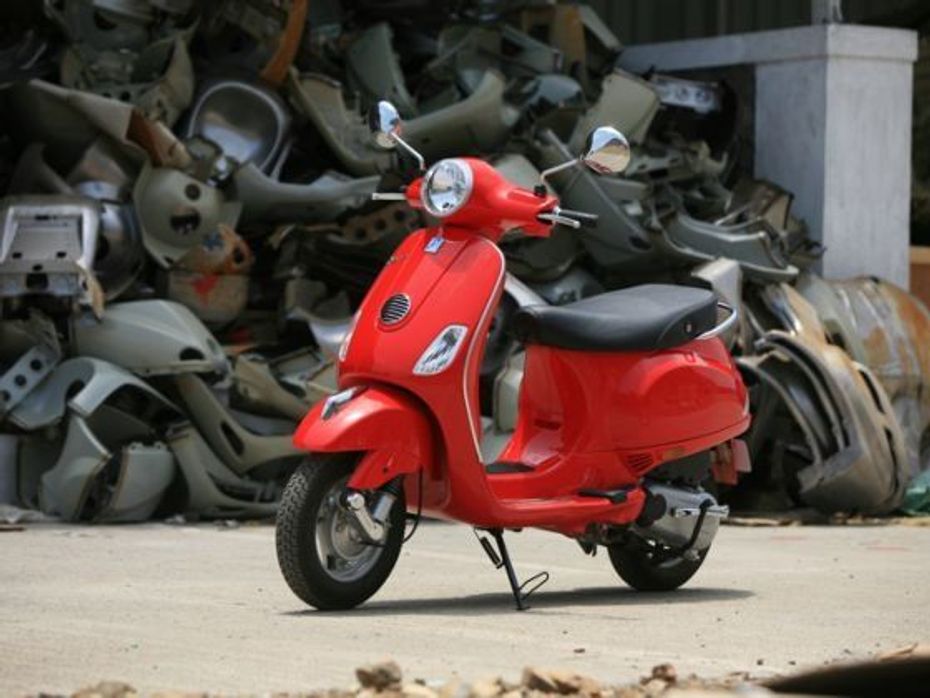
The history of Vespa scooters harks back to the glorious era when radios were happening and bell-bottom pants were the in thing. The Vespa brand brought style and flamboyance to affordable transportation in the form of its gorgeously crafted scooters, which were cheap and effective to run while being extremely chic and upmarket in their appeal. Since the company’s inception in the forties, offering cheap mode of transport to the war-hit Italy, Vespa soon went on to become the biggest scooter company that found takers in all age groups across the globe. No one can be sure if Vespa designer Corradino D’Ascanio ever envisaged that his creation would become such a force to reckon with globally, and from efficient transportation it has become an icon of mobility with decades of history and legacy - and has turned the Vespa scooter of yesteryears into a lifestyle product of today.
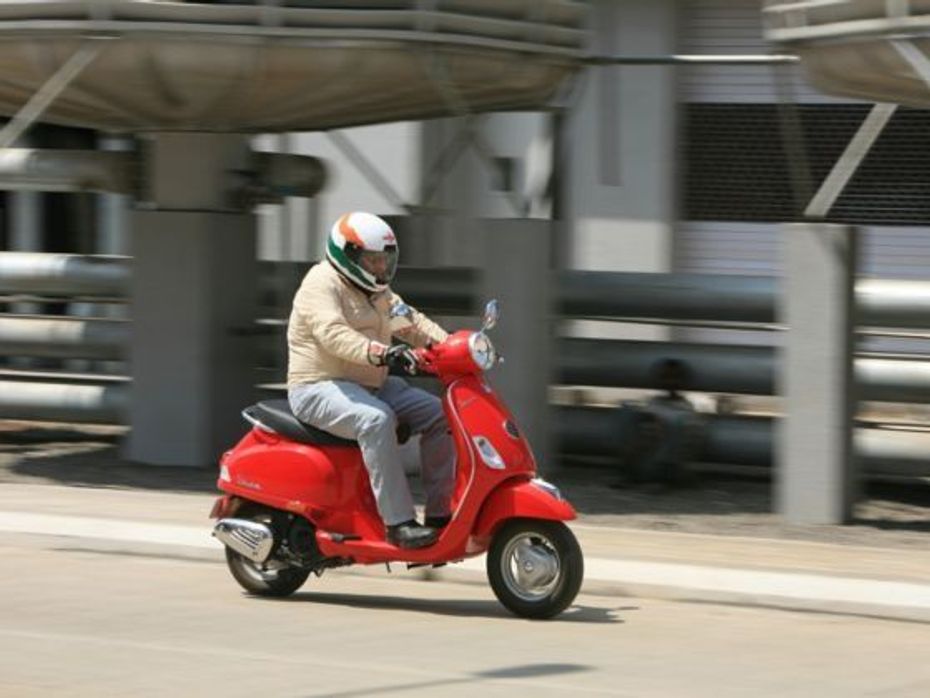
Ready to invade Indian shores again, the Vespa 125 (internationally known as the LX125) carries forward the design from the very first Vespa scooter, the MP6 and continues the technological tradition of a monocoque load-bearing frame made out of steel as found on the original scooter in 1946 as well as the timeless Vespa architecture of large front panel and voluptuous curves flowing neatly, retaining the classical charm of the iconic scooter. The handlebar shroud atop the large front bodywork is neatly crafted and holds the rounded 35W bulb donning multi-focal headlight in place. Touches of chrome like the bidding surrounding the front panel, large circular mirrors finished in chrome and buff-finished alloy levers endow the Vespa with a sophisticated and premium appeal.
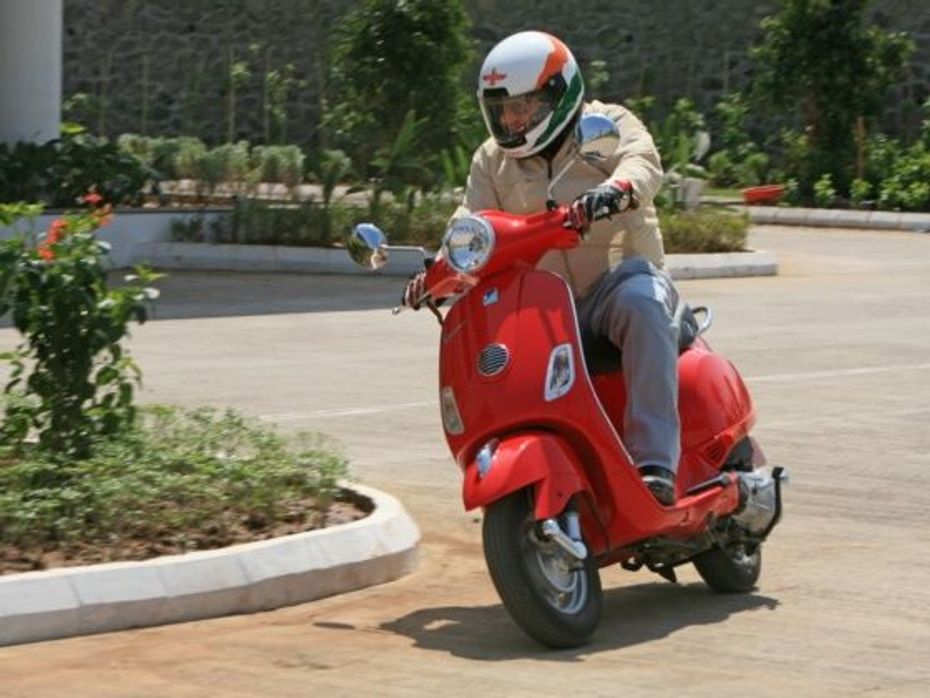
As for the rest of the bike, the rounded derriere, the clean and curvy lines make the Vespa visually striking. The design retains its retro style without compromising the contemporary make-up of the scooter. The clear lens indicators on both ends add to the Vespa’s modern-day allure, while the rather tiny yet purposeful rear mudguard in red sporting the number plate completes the look. It is truly a timeless design that has been loved and admired over the years by millions of Vespa fans and patrons across the world who have found (or if I may say, devised) a purpose in owning this classic scooters.
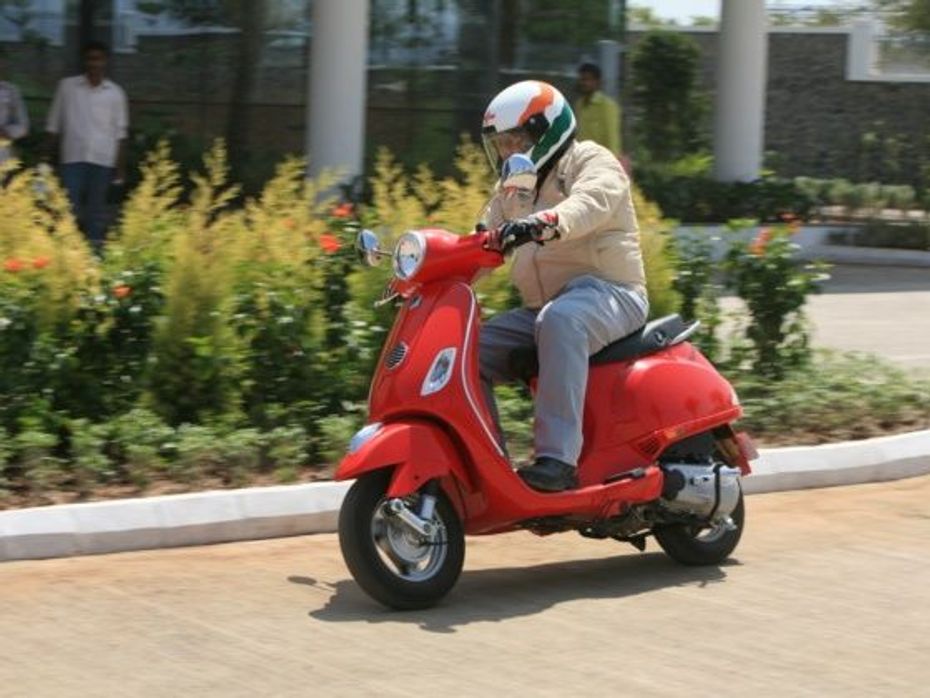
This magnetism is even more telling when you straddle the scooter, especially in the Indian landscape. The large and flat saddle of the Vespa offers plenty of room and comfort and can easily accommodate two adults with ease. The analogue instrument console up front offers the regular tell-tale lights, speedometer, fuel meter as well as a digital clock and all the information is displayed in a highly legible manner with a nice white background to the console that gives it a classy look.
The front storage bay, which opens at a gentle push of the ignition key slot, is the roomiest in its class and can easily hold a water bottle, a pair of sunglasses, tool box and other accessories. The Italian touch, with its emphasis on clean and tidy design lines, is evident in the manner the finest details have been drawn out on the Vespa. For instance, the hook to hang bags has been cleverly incorporated within the seat itself in order to keep the floorboard area clean and uncluttered.
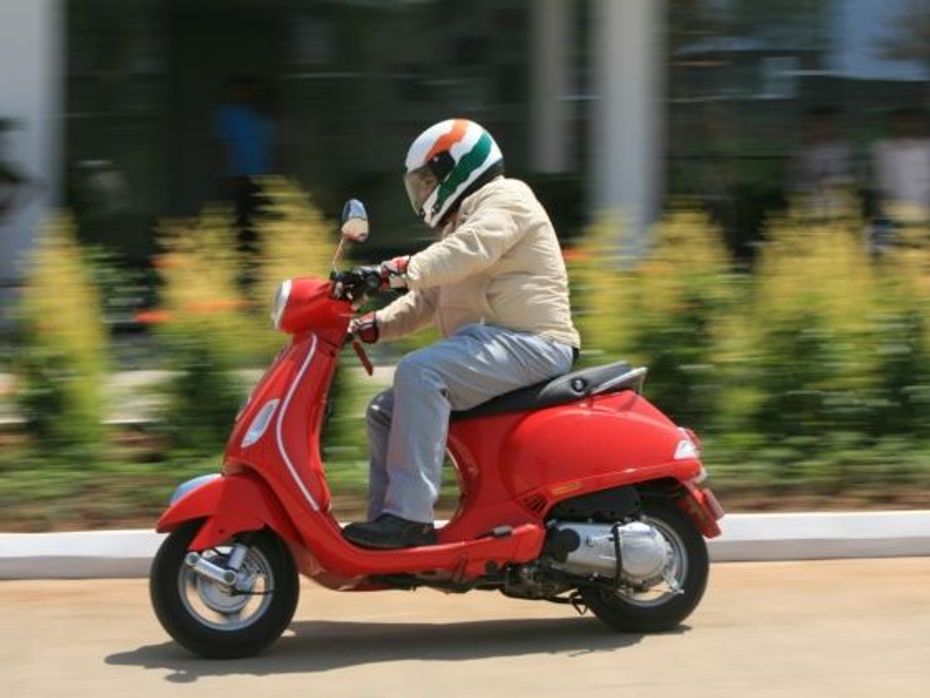
Similarly, even the lock for the under-seat storage has been mounted directly on to the seat instead of punching a hole in the body panel and making it an eyesore. This evidently shows the level of attention to detail and thought put into the design elements of the Vespa. Overall the scooter looks flawless and unblemished with aesthetic lines and excellent styling. But on closer inspection the Vespa did have a few panel gaps and some poorly welded joints, but since the scooter handed to us was a test mule, we are certain that these glitches will be ironed out on the final production model as there is a lot riding on the Vespa brand, globally.
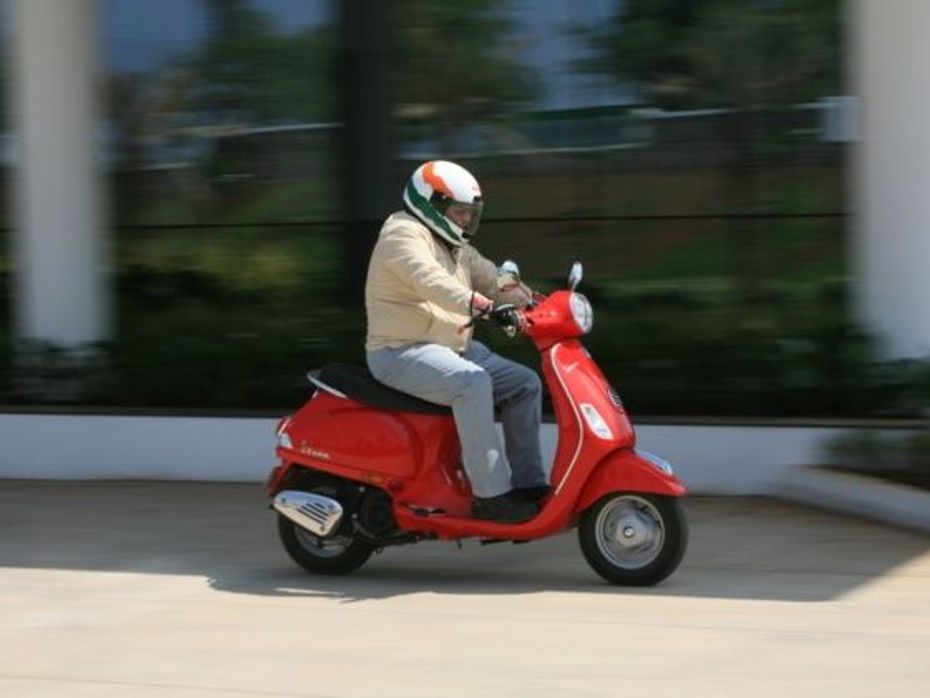
Thumb the starter button and the 125cc 4-stroke air-cooled 3-valve single-cylinder engine oozes energy and a raspy note, informing that this is not a slouch but a runner. And so it was, as we found out in our tests – touching the 60km/h mark from standstill in just 8.1 seconds and recording a top speed of 98.4km/h with still some juice left, the Vespa surely impressed us. Fed by a Keihin carburettor instead of fuel injection as found on the internationally popular LX125, the Indian version lacks no grunt and offers creamy smooth throttle response translating into a joyful riding experience.
However, the talking point is not the scooter’s straight line performance but its mid-range grunt which makes riding around clogged city streets entertaining and fatigue-free, thanks to the hi-tech 3-valve head that makes for clean and efficient combustion resulting in a smooth and consistent flow of power and torque. I got a chance to ride the Vespa scooter through some really narrow bylanes of Baramati town near the Vespa plant and the experience was truly invigorating and instantly re-instilled my faith in the functionality and practicality that scooters bring.
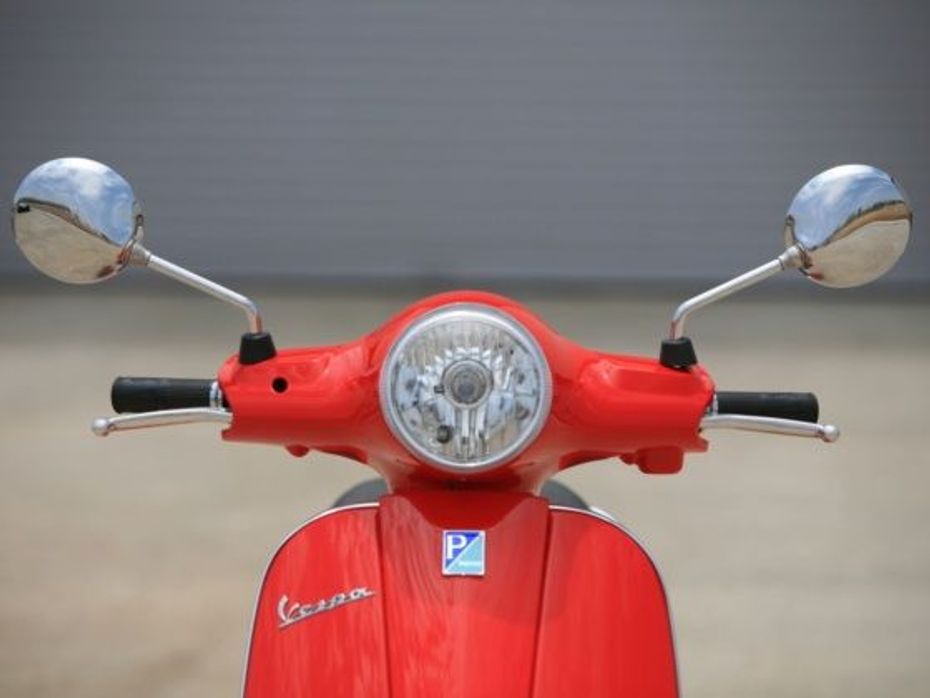
No matter how congested the roads are, the Vespa’s peppy power delivery with 10.06PS of power produced at 7,500rpm and impressive 10.6Nm of torque peaking at 6,000rpm configured in a manner to suit the mid-range grunt of the scooter, translates into a solid riding experience that is truly enjoyable as well as relaxing. A large part of this fun feel has to be accredited to the potent monocoque chassis which boasts stupendous balance and rigidity as well as the low seat height of just 770mm.
The combination and well thought out configuration of the scooter make the Vespa a very easy-to-ride scooter, especially in Indian road conditions. The ergonomics are comfy and pleasant for riders of all shapes and sizes with a trouble-free reach to the handlebars, a sizably big flat seat and an equally well-set feet position. The result is a hassle-free ride aboard the Vespa, providing the joys of effortless commuting.
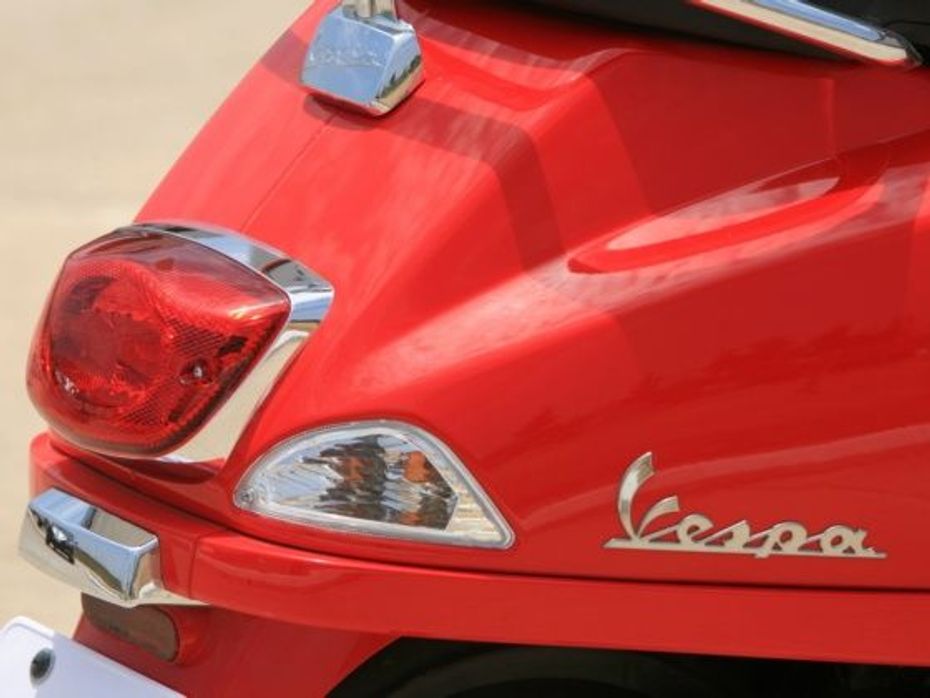
It is of essence for a city commuter like the Vespa to be flickable to swiftly navigate through tight spots at which it excels despite the longest-in-class wheelbase of 1290mm. Certainly the long wheelbase makes for a very planted feel at all times keeping it composed and unflustered even on bumpy roads. Maintaining the overall poise of the scooter is the well-configured suspension set-up on both ends. Looking after the damping duties up front is the aircraft-derived anti-dive single-sided trailing arm suspension, as found on the original Vespa on 1946, while on the rear is the more evolved hydraulic suspension that is configured to handle Indian road conditions. However, the front anti-dive suspension has its flaws.
Its lack of dive means under hard braking the feel is not very strong from the biggest-in-class drum brake dia of 150mm on the front. This could also be due to the material of the brake liner, but while the front brakes feel weak, the braking performance is not to be doubted. The front brake is helped by a 140mm dia drum brake on the rear and together they provide sufficient stopping power to the Vespa as was seen in our 60-0km/h braking test, wherein the scooter came to a halt in just 26.8 metres and 3.08 seconds, which is a respectable time for a scooter weighing 114kg.

But as said earlier, the brakes lack feel and even though it stops impressively, the feel is important for confidence under braking and there is some scope for improvement in the braking department. This glitch aside, there is nothing to fault the Vespa with and it truly shines in every department, especially when it comes to tank range. With an 8-litre fuel tank (largest in the scooter segment) coupled with an overall fuel efficiency of 47kmpl, the Vespa can take you 376km on a tankful! During our tests, she ran 39.8km in the city on one litre of petrol while on the highway she completed 54.2km on the same quantum of petrol.
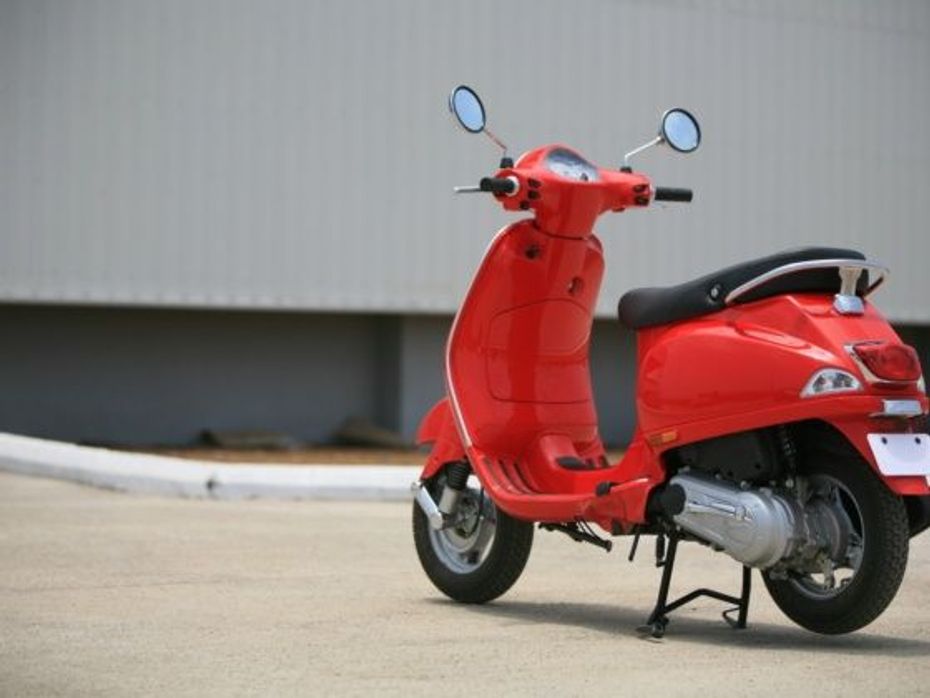
While style and olden times is what the Vespa stands for universally, it is essential for the scooter to do a lot more than that if it wants to rule Indian hearts. And while it does come out with flying colours in almost all departments, it does lurch with regards to equipment levels. Especially since the maker wants to establish an all-new premium scooter segment in the highly price-conscious Indian market. The price tag of Rs 66,661 (ex-showroom Maharashtra) will certainly help in stamping its authority as a premium model, but with regards to equipment and features there is a lot more that could definitely set it apart as a world class offering. For instance, a disc brake certainly would have made a huge difference to the Vespa’s exotic guise.
There is no doubt that the followers of this iconic marquee are already queuing up outside the Vespa dealership and that they will be one happy bunch owning not just a machine but a global phenomenon. Whether and how the Vespa transforms the Indian premium scooter space is a question that only time can answer, but it will certainly make owners feel like the glossy film stars of the glorious seventies. La dolce vita, as they say in Italy!

Honda Activa 6G Review: Six Key Takeaways

Uno Minda Engine Oil For TVS NTorq 125 (BS3): 4,000km Review

Uno Minda Engine Oil For TVS NTorq 125 BS3 Review: Introduction

2024 TVS Jupiter 110 Road Test Review: The Best In Class?

2024 TVS Jupiter 110 First Ride Review: A Modernized Upgrade
 Honda Activa 6G
Honda Activa 6G
 Suzuki Access 125
Suzuki Access 125
 TVS NTORQ 125
TVS NTORQ 125
 TVS Jupiter
TVS Jupiter
 TVS Jupiter 125
TVS Jupiter 125
India's largest automotive community
 Vespa VXL 125
Rs. 1.30 Lakh
Vespa VXL 125
Rs. 1.30 Lakh
 Vespa SXL 125
Rs. 1.34 Lakh
Vespa SXL 125
Rs. 1.34 Lakh
 Vespa VXL 150
Rs. 1.44 Lakh
Vespa VXL 150
Rs. 1.44 Lakh
 Vespa zx 125
Rs. 1.16 Lakh
Vespa zx 125
Rs. 1.16 Lakh
 Vespa 946 Dragon
Rs. 14.27 Lakh
Vespa 946 Dragon
Rs. 14.27 Lakh
 Honda Activa 6G
Rs. 78,684
Honda Activa 6G
Rs. 78,684
 Suzuki Access 125
Rs. 81,700
Suzuki Access 125
Rs. 81,700
 TVS NTORQ 125
Rs. 86,841
TVS NTORQ 125
Rs. 86,841
 TVS Jupiter
Rs. 74,691
TVS Jupiter
Rs. 74,691
 Honda Activa 125
Rs. 95,140
Honda Activa 125
Rs. 95,140